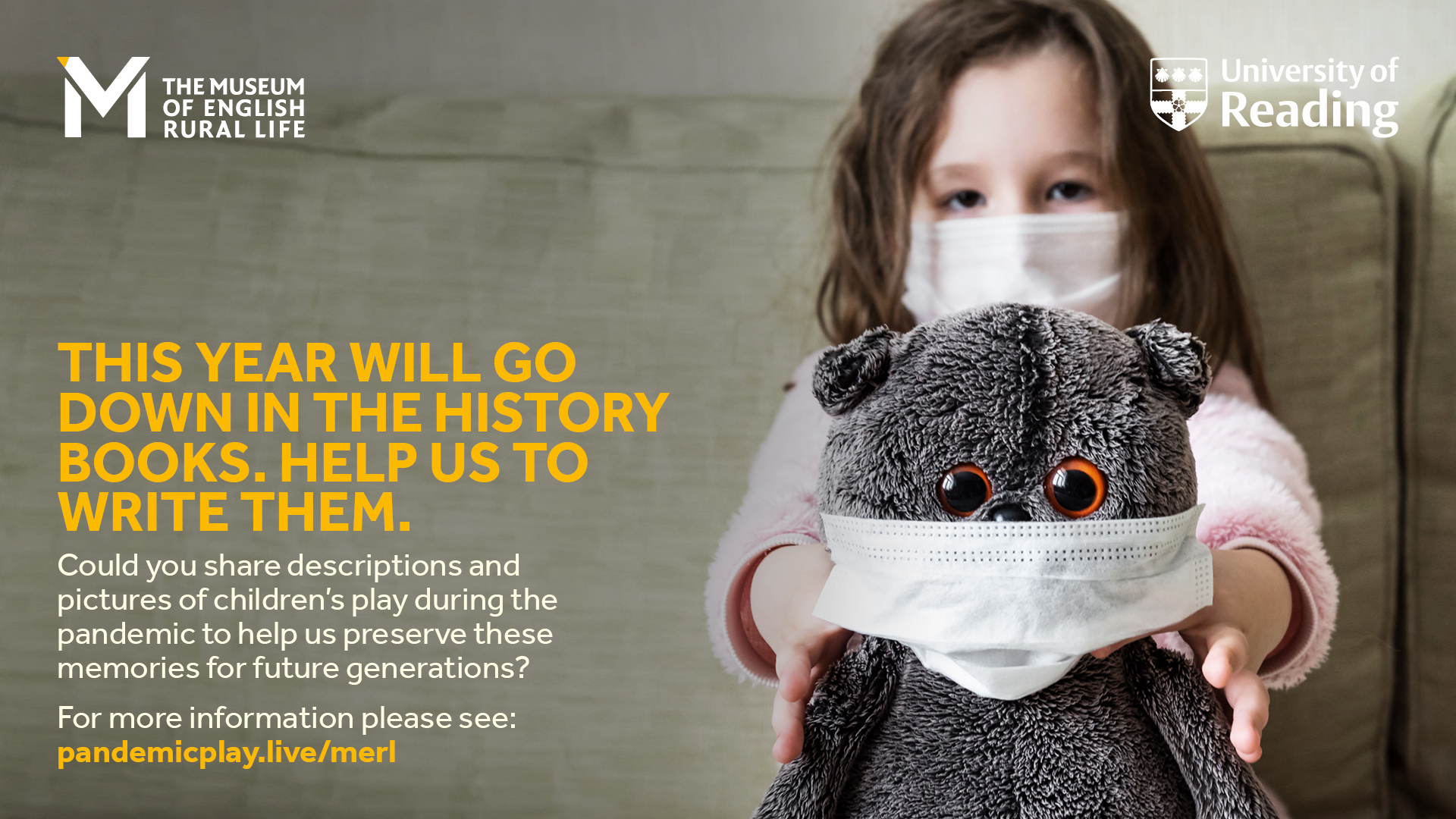
Researchers at the University of Reading have collaborated with the Museum of English Rural Life to form a Pandemic Play Archive, which will be an online collection of memories depicting examples of children’s play.
Covid Tag, a version of It, where the child passes on the virus to another, is just one example of the games that children have made up during the pandemic.
Professor Helen Dodd, who is leading the project, has heard from many parents who have sent in examples of children’s play.
She told Nursery World, ‘I’ve had examples of children socially distancing their Barbie dolls or teddies during their play; one practitioner spoke of a child who set up a small world play tea party but had to turn two "friends" away because only six were allowed to be together.
'One person sent in pictures of children drawing faces and instead of a smile and a mouth, there were masks. Photos of a child riding a bike in the centre of an empty street, and children playing socially-distanced ball games at opposite ends of the street, are just some examples of the rich materials that we are archiving.’

She adds, ‘We would love to hear from practitioners, who are in a unique position to observe interesting play during the pandemic. We would particularly like written descriptions, drawings and/or photographs of play where the theme of the play is related to the pandemic – for example, the virus, social distancing, lockdown, medical procedures - or where the circumstances have led children to play in novel or unique ways.
'The written descriptions, drawings and/or photographs can be created by adults who have observed children’s play or by children themselves.’
Researchers aim is to make the collection available online as soon as possible, and remind practitioners and parents to only upload materials that they are happy to be shared openly with a public audience. For Copyright reasons, only parents or guardians can submit photos of children.
- Information can be uploaded at Pandemic Play - The MERL (reading.ac.uk).









